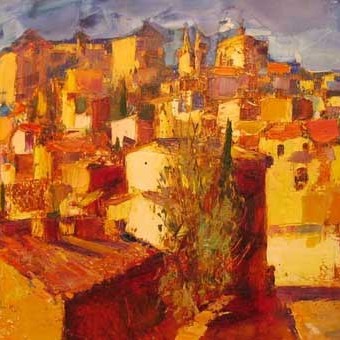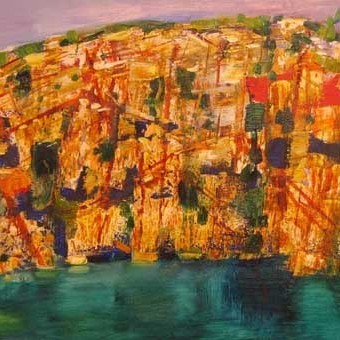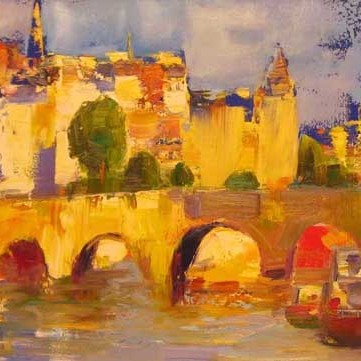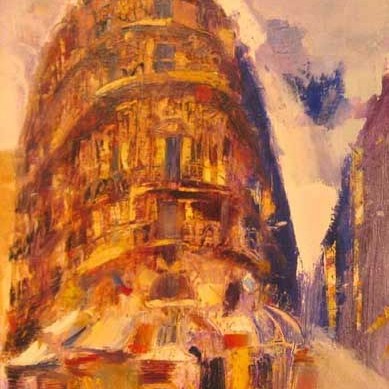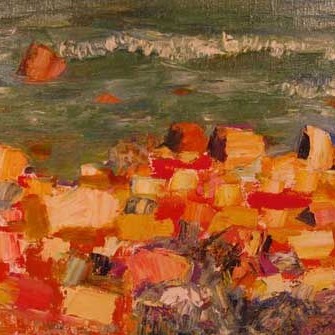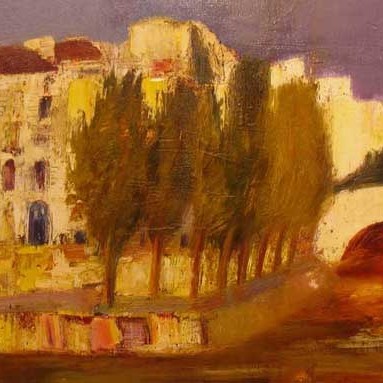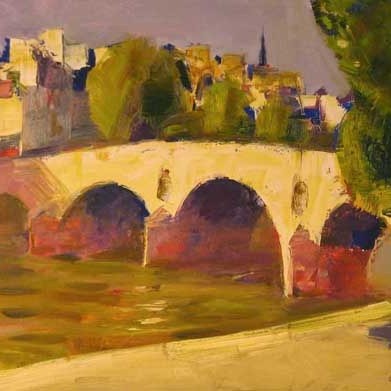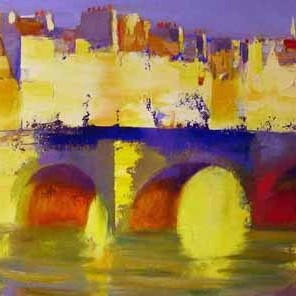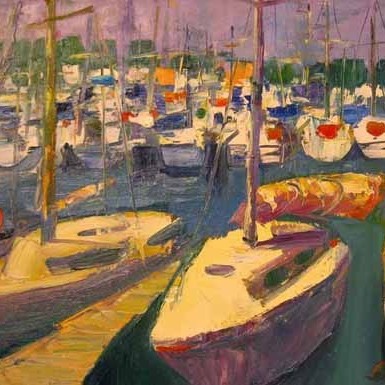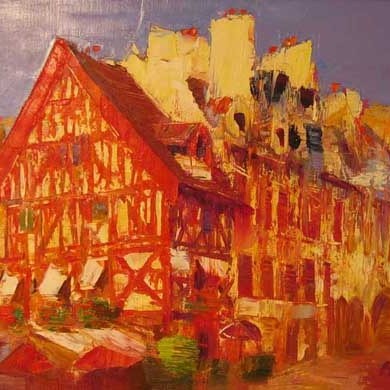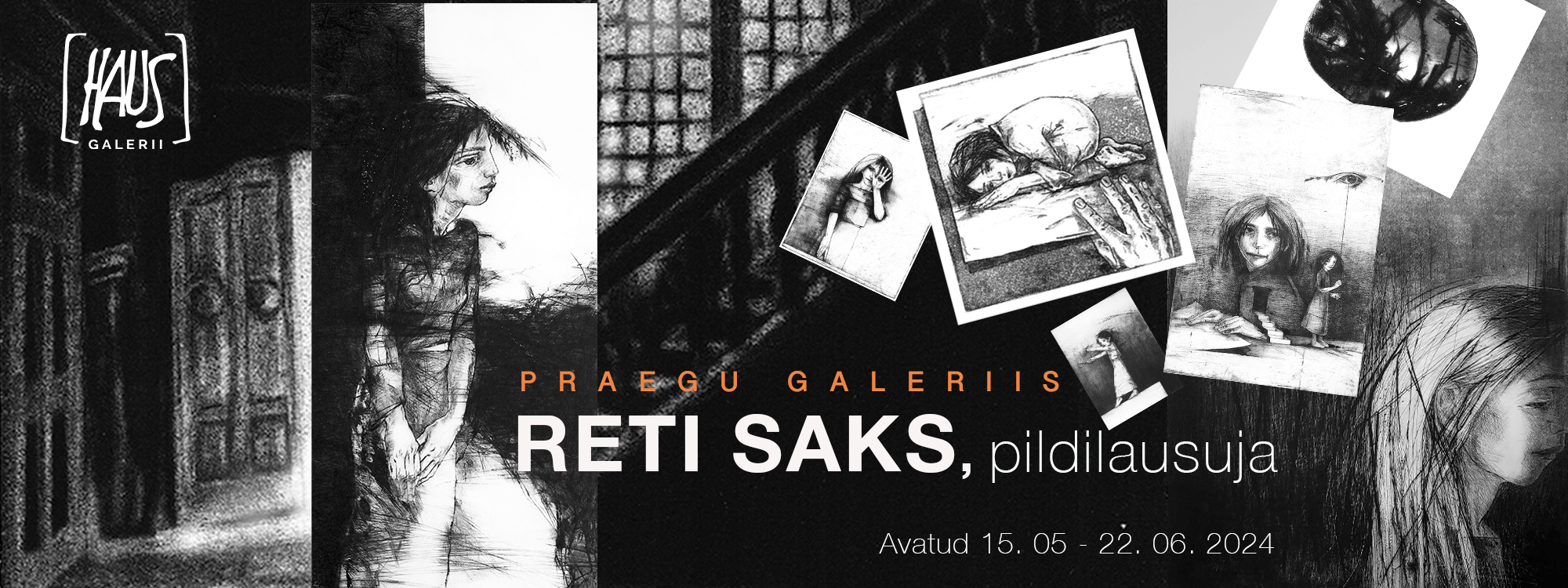Exhibition > Past > Haus Gallery
Haus Gallery 18.01.2005-25.02.2005
1
What costs one sunny day?
Vladimir Baciu is Moldovian artist who exhibits in Haus Gallery his most colourful landscapes - something what have never been seen in Estonian art before.
Vladimir Baciu is in many ways an extraordinary artist and this can not be stated only by keeping in mind the current status of the art world of Estonia, but also in a much wider sense: it is not easy to place Baciu onto the background of the Estonian art history. The local landscapes are traditionally elegant due to the nature paintings, which have been accomplished in modest colours during overcast days, but let us be honest – quite lifeless. Grey and greenish shades, landscapes with no persons depicted on them, changes in the mood are forwarded only by “a sensible brush strike” and “careful dislocation of colouring”. Konrad Mägi jumbled everything up, painted of Saaremaa colourful paintings, which were full of emotions and this was noticed and regarded as legendary. Why? Because the surroundings is grey.
Baciu was born in Moldavia, but has already for decades been living in Estonia, has studied and become and artist here. Still, we must also take into consideration the third centre of attraction: Paris and France. Yes, here is something expressively traditional, something very nostalgic. It was the second half of the 19. century and middle of the previous century, when people went to breathe the air of France, after the 1940ies the centre moved to New York, in the nearest past Berlin is the place under discussion. But Baciu visits France in order to breathe the same air, which was gobbled up a long time ago, when in the art of painting were still valid the words of colour and brush.
One could call the paintings by Baciu carelessly impressionistic ones. It is stressed that we are dealing with open air paintings, Baciu has worked at the site, but also in his studio. Colour shades are subtle and recognisably of Vladimir Baciu – style, one painting contains them more that any motif could offer in the real life. But Baciu has actually stepped a step forward from the impressionists. As when the latter regarded of importance the exact reflecting of the nature as it was projected on the bottom of the eye, being so actually the developers of realism, then Baciu decisively subordinates the depicted items to himself.
Baciu’s paintings are in a sense larger than life. If we hang his painting somewhere into the nature, we could have a shot of absinth proving that it strikes the eye. This extraordinary power at using of colours, even piling them up here and there, this charming skill to pick out from the depicted material motives which cast shadows, make us see things differently, this unique ability to have the eye to detect dialogues between colours – this all forms the core of the art of Baciu. Is there anything extraordinary? Hardly. Is there anything extremely original? Hardly. Baciu is just extremely self-confident. He does not care for innovations. He is interested in the painting, the moment here and now, grasping it and sinking it into colours. The rest is already something that has nothing to do with art.
